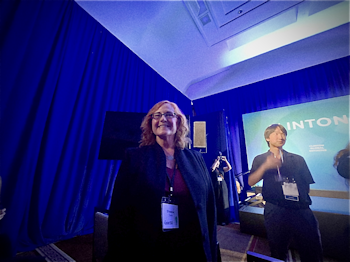Facebook and Bluesky feed
From Facebook
From Bluesky
Seneca Lake Guardian
Protect the Finger Lakes for Future Generations
Public Education | Citizen Participation | Engagement with Decision Makers | Networking with Like-Minded Organizations
Join us in understanding the urgent threats facing the Finger Lakes and take action to protect our land and waters. Industrial projects, pollution, and harmful development put our region’s health, economy, and way of life at risk. At Seneca Lake Guardian, a Waterkeeper Alliance Affiliate, we believe that protecting our lakes is a shared responsibility—one that requires awareness, advocacy, and community partnership. We are the only organization dedicated to actively working to protect the Finger Lakes from dirty industrial projects that could threaten the health of our lakes, our rural community character, the Finger Lakes Brand, or the livelihoods of the small business owners who depend on the lakes for their success. Together, we can defend the Finger Lakes from environmental harm and ensure they remain clean, vibrant, and thriving for generations to come. Be a part of the movement to safeguard our waters—because once they’re gone, there’s no turning back.
 National Recognition Seneca Lake Guardian Vice President, Yvonne Taylor, was recently recognized as “one of the most influential climate leaders in the country” by Grist 50 for her work to protect the region and educate communities across the country on issues of solid waste, cryptomining and AI/ Data Centers. What makes this recognition especially meaningful is that it shines a national spotlight on the work Yvonne and Seneca Lake Guardian are doing, not only in New York State, but across the country. This recognition underscores the transformative impact of your support: together, we are shaping environmental policy, inspiring statewide and national movements, and proving that grassroots action can take on powerful industries and win.
National Recognition Seneca Lake Guardian Vice President, Yvonne Taylor, was recently recognized as “one of the most influential climate leaders in the country” by Grist 50 for her work to protect the region and educate communities across the country on issues of solid waste, cryptomining and AI/ Data Centers. What makes this recognition especially meaningful is that it shines a national spotlight on the work Yvonne and Seneca Lake Guardian are doing, not only in New York State, but across the country. This recognition underscores the transformative impact of your support: together, we are shaping environmental policy, inspiring statewide and national movements, and proving that grassroots action can take on powerful industries and win.
A quote from Yvonne to celebrate this moment: “I’m truly humbled and honored to be recognized among so many incredible leaders. This award belongs just as much to our amazing team, our collaborators, and the community members who have stood shoulder-to-shoulder with us to create lasting change and inspire me every day. I remain committed to working tirelessly for a healthier, more sustainable future – for my neighbors in the Finger Lakes, for the people of New York, and for communities across the nation.”
We invite you to celebrate this achievement with us and continue standing alongside Yvonne and our team by donating today- so that we can continue to protect what matters most
Seneca Lake Guardian is a New York State Not-for-Profit Corporation with 501(c)(3) status. It is dedicated to preserving and protecting the health of the Finger Lakes, its residents and visitors, its rural community character, and its agricultural and tourist-related businesses. This is achieved through public education, citizen participation, engagement with decision-makers, and networking with like-minded organizations.
